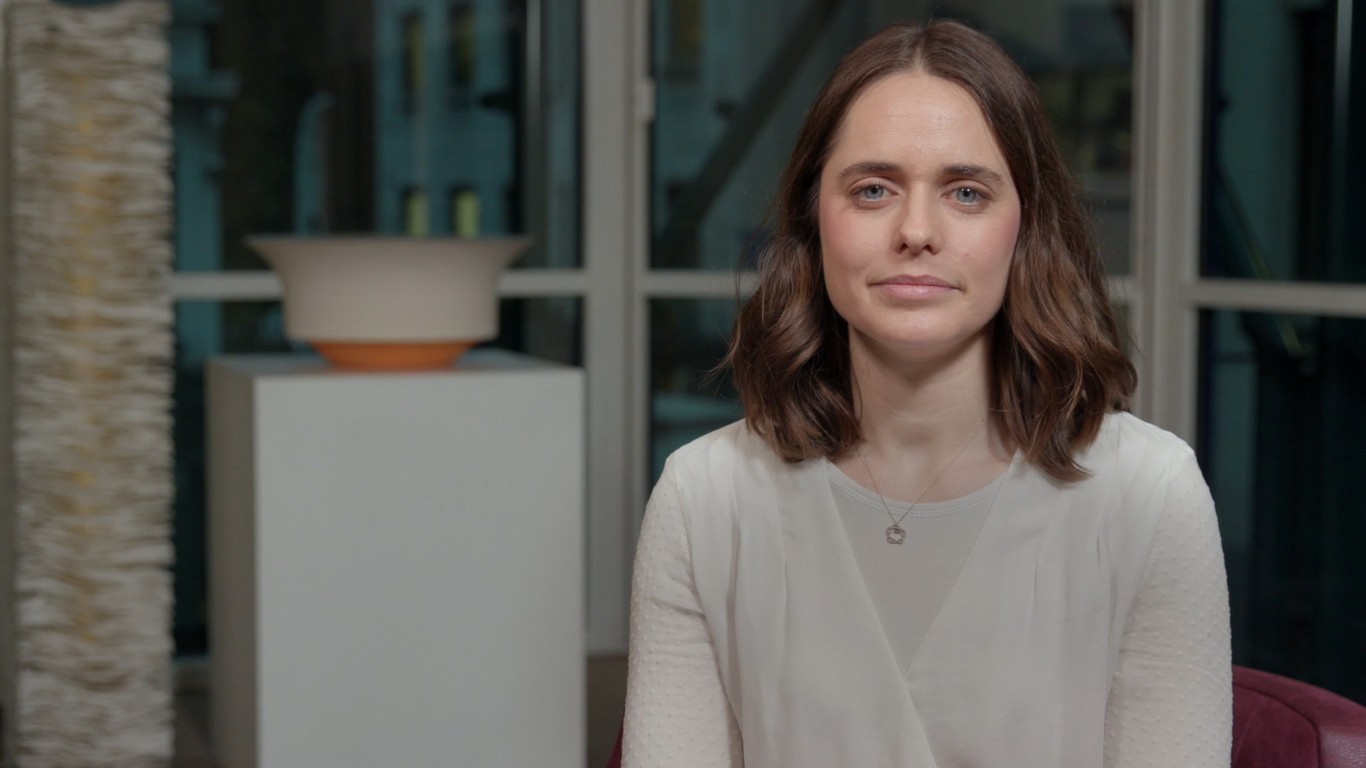
Introduction to High Impact Presentations

Emma Zangs
10 years: Communications coach
In the first video of her two-part series, expert communication coach Emma Zangs outlines four simple steps for preparing for a presentation or speech. The video focuses on the preparation stages before delivery.
In the first video of her two-part series, expert communication coach Emma Zangs outlines four simple steps for preparing for a presentation or speech. The video focuses on the preparation stages before delivery.

Introduction to High Impact Presentations
2 mins 42 secs
You likely already know that preparation is key to delivering an effective presentation. However, you might not know what steps to take in your preparation process. Emma introduces a four-step process of setting an intention, finding your voice before writing, crafting content that interests you and making the content relatable.
Key learning objectives:
Understand how to set a clear intention for your presentation
Identify the type of content that will suit your audience
Understand why content must be relatable to be impactful
- Set a clear intention for your presentation
What is relevant for the audience? Always have them in mind, what do they want to know and why. - Find your voice, and then write
For this preparation, you might need to push outside your comfort zone. Stand up and speak out loud. See what comes out, record it and/or write it down. If you never practice out loud, it will be the first time you will hear yourself say those words. - your energy will be contagious!
If you are bored, the audience will be bored. If you seem doubtful, the audience may distrust you. So craft content that interests you, and that you are comfortable and confident with as it will flow and engage better. - Make it relatable
Use examples drawn from your experience. The audience will clearly grasp what you are saying. When we use real cases, our tone of voice fluctuates more. We are more animated and less monotonous.

Emma Zangs
There are no available videos from "Emma Zangs"

